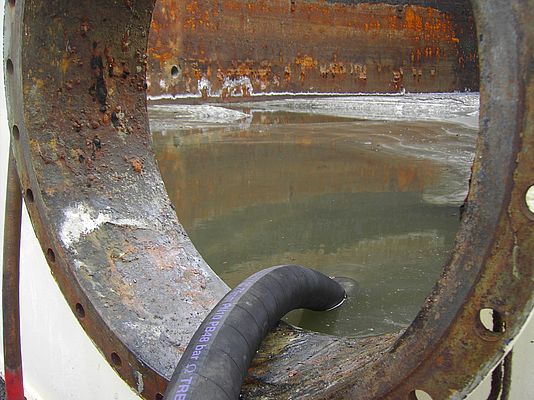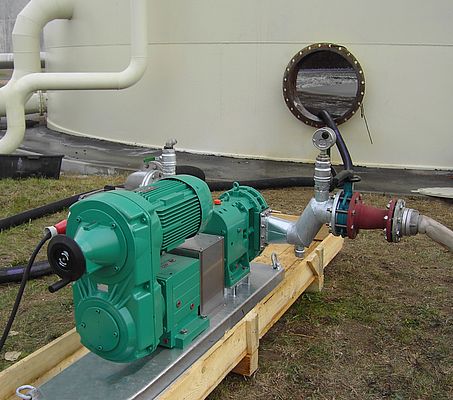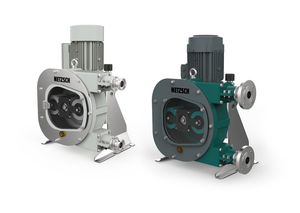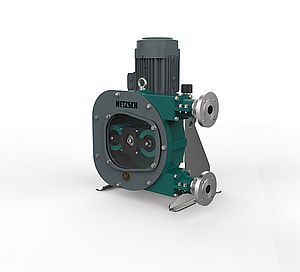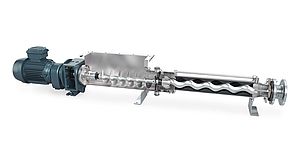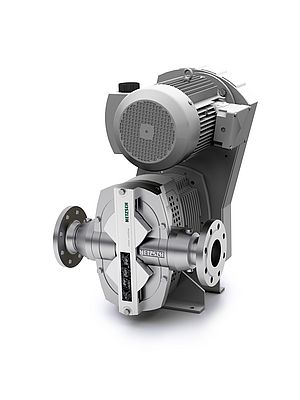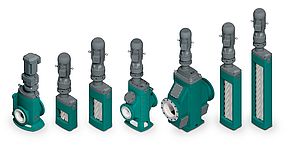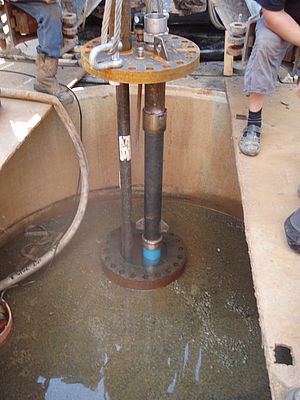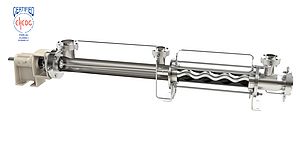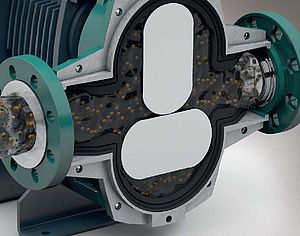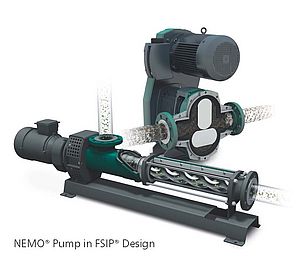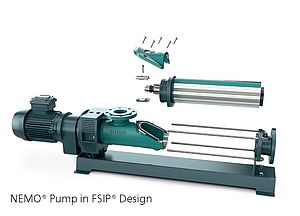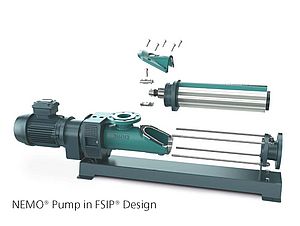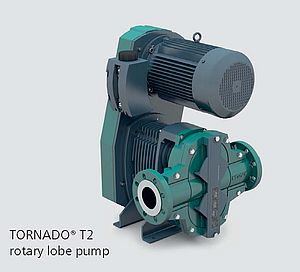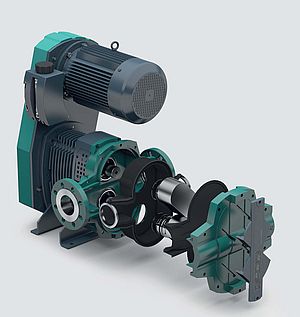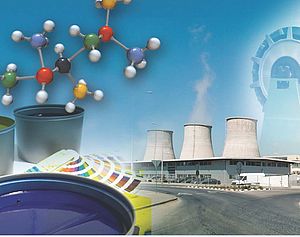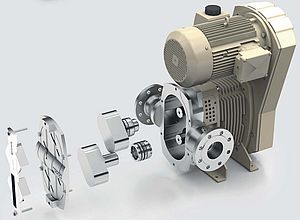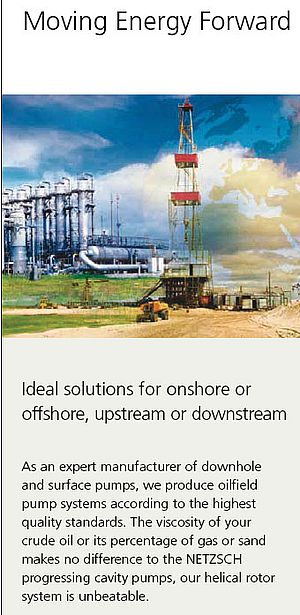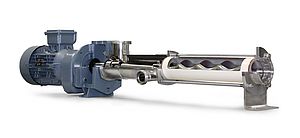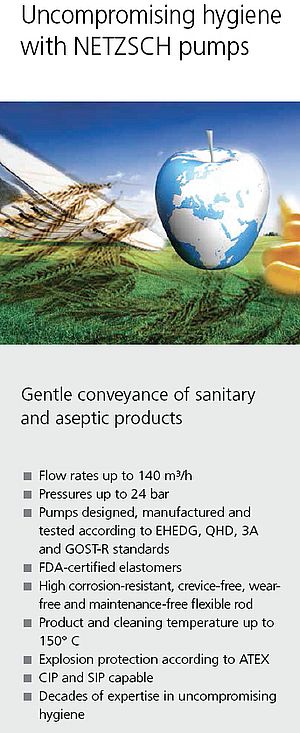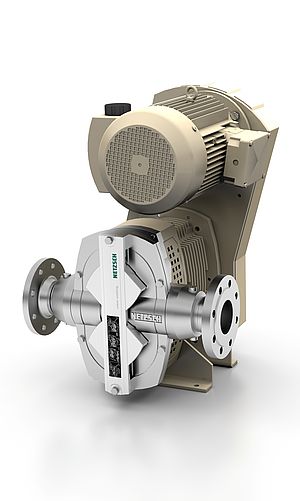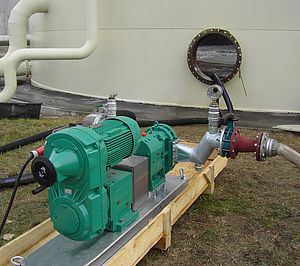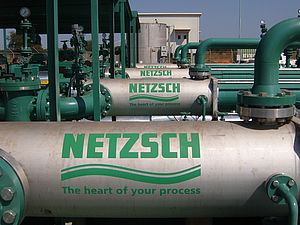A large salt producer continually needed to bring in a cleaning company to remove sludge from their tanks. A rotary lobe pump has since been used to reduce the effort, cutting the time needed to a third and half the cost.
Salt is still one of the most valuable commodities, but there is a major problem involved in its production: during rock salt production in particular, sodium chloride quickly accumulates in the collecting tanks, along with sand and other degrading materials. It is not just that the aggressive substance contains pollutants, it also encourages metal corrosion in the production plants. As a result, one of the largest salt producers in the world continually needed to bring in a cleaning company with vacuum tankers to spend several weeks removing sludge from the tanks. A Tornado rotary lobe pump has since been used to reduce the effort and costs involved. The selfpriming equipment can easily be moved between the tanks with a forklift and its continuous output reduces the suction time from two weeks to around five days.
About 100m³ of pure solids are deposited every year in each of the ten storage tanks, which each hold 20,000m³ of salt. The mixture comprises sodium chloride, sand, which forms during the mining process, anhydrite and gypsum and its high solid content makes it difficult to clean the tanks. Attempts to convey the sludge using conventional centrifugal pumps failed due to the suction performance being too poor. Instead, vacuum tankers had to be brought in once a year to suck the residues out of the tanks using negative pressure created by a vacuum pump. Cleaning using this method took an average of 14 days and cost around 10,000 Euros each time.
However, the search for an alternative proved difficult, due to the unusual medium being conveyed. Because of the corrosiveness of sodium chloride in contact with metal, a number of pump manufacturers only offered models made of special materials, which were resistant but expensive. In the end, this led to the decision being made to use a system where the protection of the pump body relies on a design which is particularly easy to operate, rather than on special materials.
"Corrosion clusters are only formed in standing water. It is therefore crucial that the pump can be cleaned quickly and easily when it is out of use for a long time," explains Marco Habermann, sales representative for Netzsch Mohnopumpen GmbH in Waldkraiburg, which specialises in positive displacement pumps. The company's Tornado rotary lobe pump is specially designed to meet this requirement: to clean the system, you just need to remove the housing cover and you can then rinse the inside out with water. This completely removes the salt, so that the key elements of the device are not attacked. In addition, the pump and timing gear areas are physically separated from one another, which means that the corrosive medium cannot get into the gearbox.
The selfpriming rotary lobe pump achieves pumping capacities of up to 1,000m³/h with a maximum 6 bar pressure and a suction lift of up to 8mWS. Special designs for specific customer requirements allow the media being moved in the process to have low to high viscosity, be thixotropic and dilatant, lubricating or non-lubricating, shear-sensitive, abrasive or – as in this case – highly corrosive. It is even possible to convey mixtures with solids up to a grain size of 70 mm. Thanks to these features, the salt mash can also be sucked out with hardly any thinning, and during the process the pumping capacity is constantly between 10 and 25m³/h. This meant it only took five days to empty the tanks in the first test run, with the result that the use of the Tornado pump had already paid for itself.
The system's compact construction means that it is also mobile and can be moved between tanks using a forklift. As a result, workflows and cleaning intervals can be designed with significantly greater flexibility and do not have to fit in with the timetables of the external vacuum tank company as they did before. The timing of the cleaning of the ten tanks can now also be coordinated, so that it does not affect the whole operation. "Basically, you only need two people to operate the pump: one to control it and make sure it does not run dry and one to monitor the suction hose," says Marco Habermann. In addition, the sodium chloride mixture that has been sucked out no longer needs to be taken to a waste disposal site, but is pumped directly into an old 600m deep cavern. This means no more separate waste disposal costs. Overall, costs for the cleaning process are reduced by 50 to 80 percent by using the rotary lobe pump.
Rotary lobe pump
simplifies sludge removal at salt producer
- by Netzsch Pumpen und Systeme GmbH
- September 5, 2011
- 2720 views


